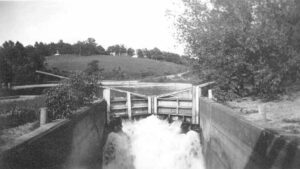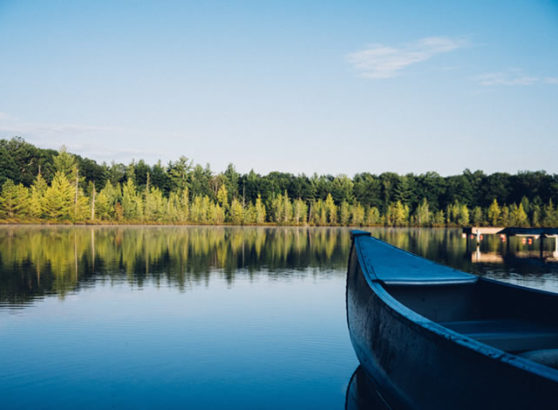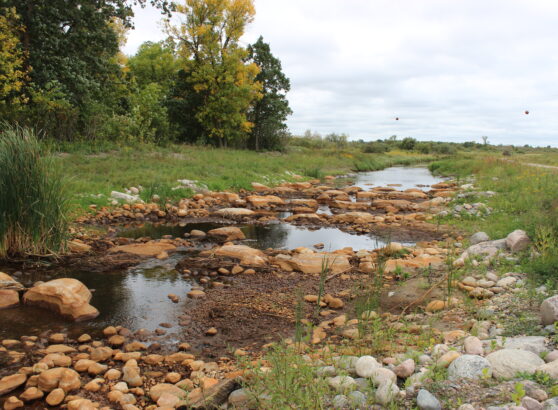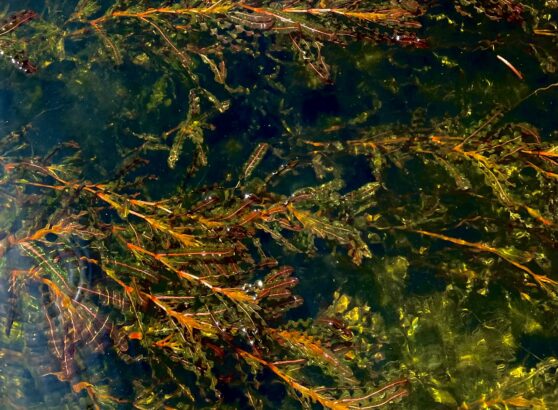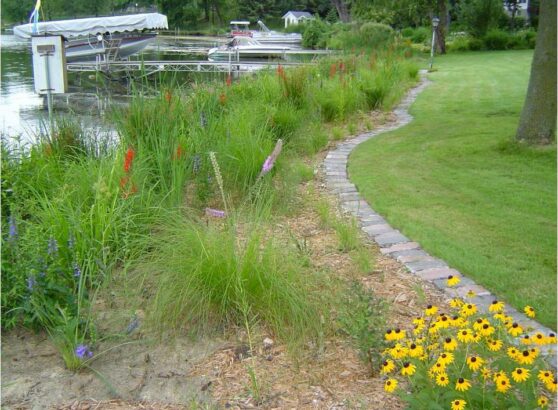Project Purpose
Buck’s Mill Dam, originally constructed in 1871, is a historic structure located on the Pelican River between Mill Pond and Buck Lake, near Lake Melissa. As a key feature in the region’s water system, it has served the area for over 150 years. To ensure continued environmental health and safety, the dam will soon undergo essential modifications.
-
- This dam modification project will include the installation of a natural looking spillway that will allow for fish passage. The downstream township culvert will also be replaced.
- The Pelican River Watershed District (PRWD) has hired Moore Engineering Inc. (MEI) to complete the project.
- As part of state permitting, it is required that lake outlet function not change during or after project completion. This means water level behavior will not differ from the typical seasonal changes.
- This project is part of the larger DNR “Reconnect the Red” fish passage initiative”.
Project Benefits
The Buck’s Mill Dam modification project has several key objectives:
-
-
- Restoring the aquatic ecology, improving fish passage, lake sturgeon restoration, removing potential safety hazards, and enhancing the natural characteristics of the environment and stream.
- These modifications will lead to long-term improvements in biodiversity in the area, which is a priority for the PRWD.
- Through partnership with Becker County, this project will also create safer public access.
-
These enhancements will ensure the Pelican River continues to thrive for future generations while preserving the natural beauty of the area.
Project Story Map
Link to Buck’s Mill Project Story Map
The link above will take you to an interactive ArcGIS Story Map containing an overview of the history, location, and plans for the Buck’s Mill Dam Modification.
Project Videos
Link to Moore Engineering Bucks Mill Dam Video – Short – Dec 2024
Link to Moore Engineering Bucks Mill Dam Video – Long – Dec 2024
The links above will take you to videos describing history, location, and plans for the Buck’s Mill Dam Modification.
Project Timeline
- Grant Agreement (MN DNR and PRWD) – executed August 22, 2024
- Engineering Services Scope of Work Task Order – Approved September 11, 2024
- Buck’s Mill Information Meeting Presentation Sept 25, 2024
- Field Work (Geotechnical Investigation, Topometric (ground) and Bathymetric (water) surveys, Aerial (drone) survey – Fall 2024
- Engineer’s Report – Hydraulic Study, Preliminary Design (Dam, Township Culvert and Road, Partner review meetings), ROW Considerations, Cost Estimate, Funding Summary – Fall 2024 – Spring 2025
- Environmental Review (EAW and Permitting Plan) – Fall 2024 – Spring 2025
- Project Public Hearing (March 2025) – public comments
- Establish Project
- Project Execution – Final Design, Permitting, Contracting, Construction – Spring – Fall 2025
Project Partners
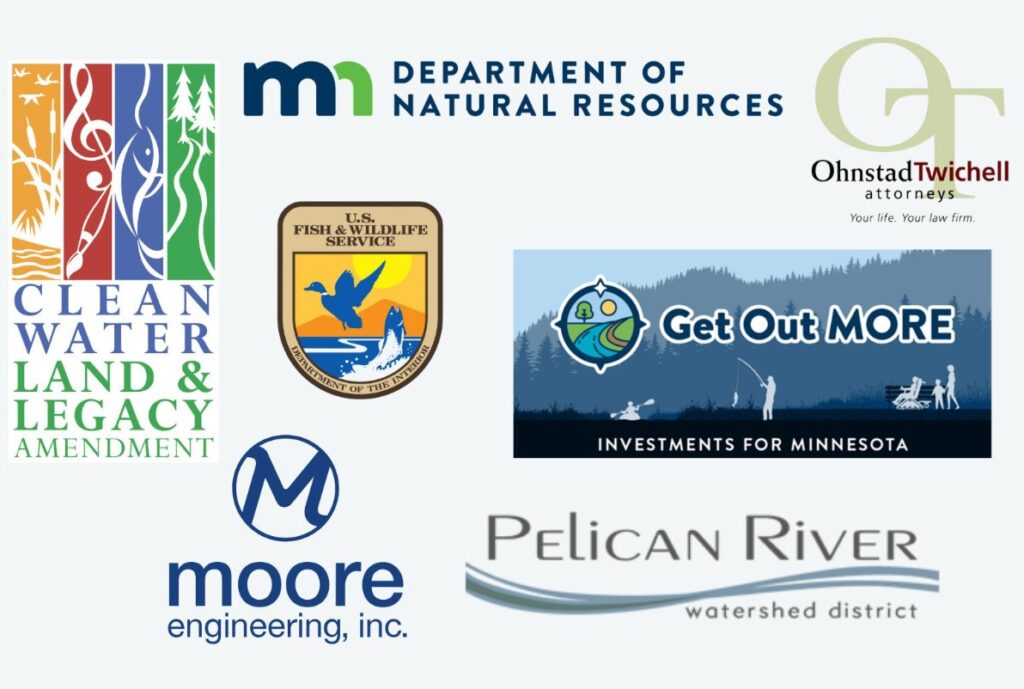
Project Funding
The project is expected to cost between $2-3 million and funded through a combination of state and federal grants.
1. Outdoor Heritage Fund $1.8 Million “. . . restore, protect, and enhance Minnesota’s wetlands, prairies, forests, and habitat for fish, game, and wildlife. . . ” The Lessard-Sams Outdoor Heritage Council was established by the legislature with the responsibility of providing annual funding recommendations to the legislature from the Outdoor Heritage Fund. The Outdoor Heritage Fund, one of four funds created by the Clean Water, Land and Legacy Amendment, receives one-third of the money raised by the tax increase.
2. State of MN – Get Out MORE $1 Million – Dam modification projects are a key component of Get Out MORE (Modernize Outdoor Recreation Experiences) funding that improves habitat, recreational opportunities, climate resilience, and safety across Minnesota. The historic, one-time ($150 million) Get Out MORE investments center on five key areas:
-
-
- Enhancing fisheries and fishing infrastructure ($60 million)
- Enhancing access and welcoming new users to public lands and outdoor recreation facilities ($35.4 million)
- Modernizing boating access ($35 million)
- Restoring streams and modernizing water-related infrastructure to support outdoor recreation ($10 million)
- Modernizing camping and related infrastructure ($9.5 million)
-
For more information about Get Out More funding, see the MN DNR website: Get Out MORE
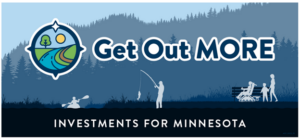
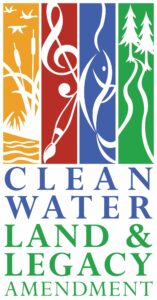
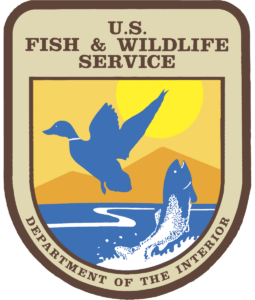
3. US Fish and Wildlife Service- National Fish Passage Program – $375 K. Obsolete or poorly designed dams, culverts, stream crossings, and levees keep fish and other aquatic species from moving freely to feed, migrate, and reproduce. These challenges put fish populations at risk, undermine the health of the rivers, and reduce fishing opportunities. These barriers also fragment aquatic habitats and are often more susceptible to flooding or drought. Improving aquatic connectivity can be an effective way to help conserve vulnerable species while building safer infrastructure for communities, improving climate resilience, increasing recreational opportunities, and strengthening local economies.
Buck's Mill History
Download PDF →
Download PDF →
Download PDF →
Download PDF →
Download PDF →
Download PDF →
Download PDF →


